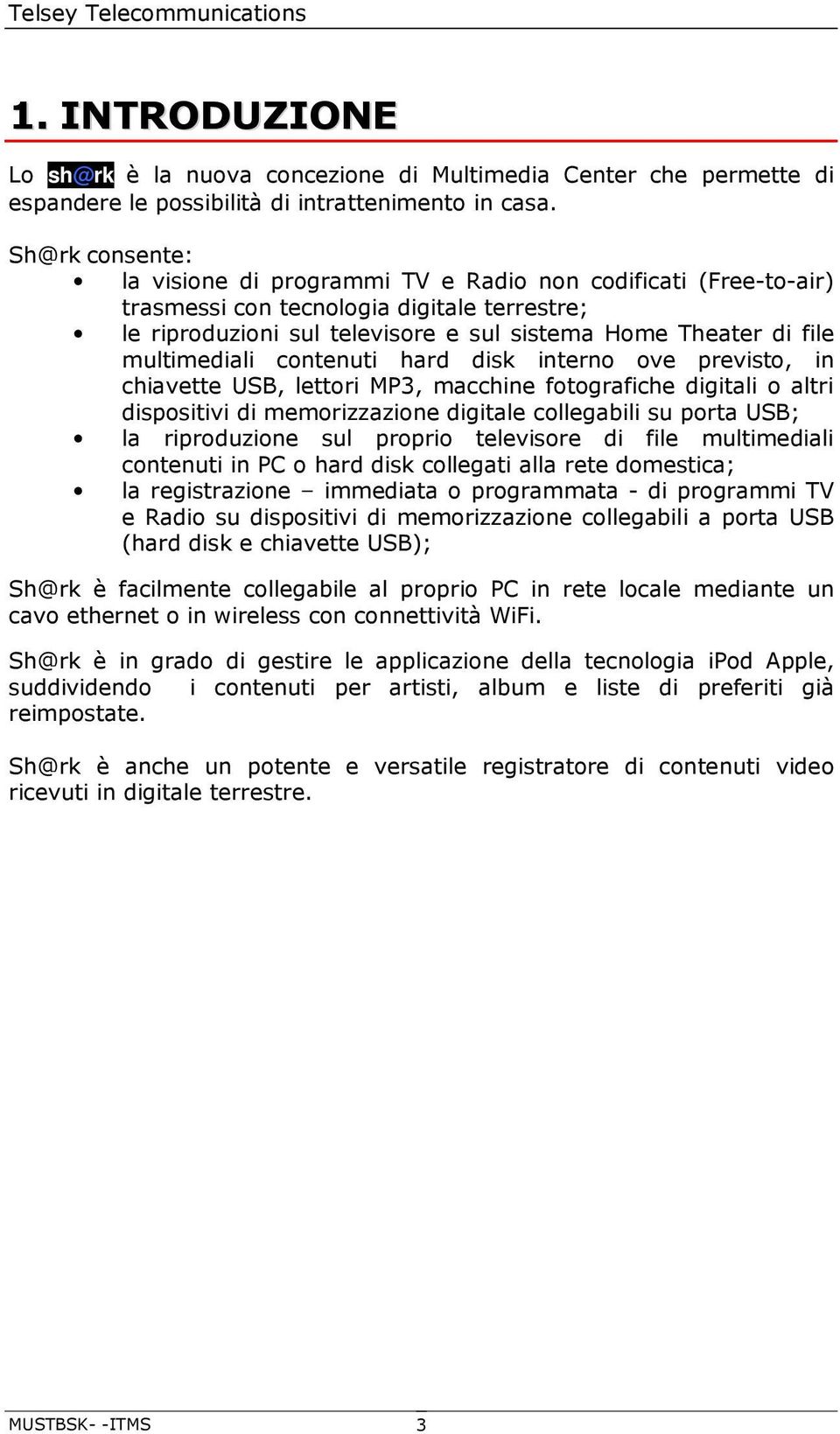- Telsey Network & Wireless Cards Driver Download For Windows 10 64-bit
- Telsey Network & Wireless Cards Driver Download For Windows 10 Free
- Telsey Network & Wireless Cards Driver Download For Windows 10 Download
Telsey, an Italian company, with headquarters in Treviso, founded in 1993 by Andrea Bosio begins its path as an OEM solution provider for major monitoring and control equipment for. Page 6 Telsey Telecommunications MDI, while a twisted pair port on a switch or hubs is usually MDI-X. To connect two 10 Mbps or 100 Mbps network devices together that have dissimilar port wiring configurations, such as an MDI to MDI-X, you would use a straight-through twisted pair cable.

Telsey Network & Wireless Cards Driver Download For Windows 10 64-bit
Skip to end of metadataGo to start of metadataSetup Static IP from CLI
Telsey Network & Wireless Cards Driver Download For Windows 10 Free
Plug a USB-to-Serial Console Cable into the Console Port
Telsey Network & Wireless Cards Driver Download For Windows 10 Download
- Locate and plug the RJ45 end into the Console port on the appliance.
Plug the USB end into a laptop or desktop computer.
If your computer does not have the software drivers installed for the usb-to-serial cable please visit the following page:
-> Appliance USB to Serial Cable
-> you must have the drivers installed otherwise your computer will not be able to communicate with the appliance through the console cable.- From the computer determine which USB port the console cable is plugged into.
- For Windows: open up device manager and expand the ports area, see below example:
- in the above example, COM3 is the port.
- From the computer, open up a terminal program and connect to the above detected COM port.
- use the following connection settings:
- Speed: 115200 n8 1
- Hardware/Software flow control: disabled
- For example, on a Windows computer, you can use Putty (free downloadable program) and connect as seen below (with your detected port in place of COM3):
- The terminal screen should appear with login prompt. The username and password for root login will be mentioned on Quick Start Guide included in the box. By default login username is root and password is sangoma . Use nano editor to change the default network configuration file. The command is
nano /etc/sysconfig/network-scripts/ifcfg-eth0 - Change following parameters to set the IP , Subnet Mask and Default Gateway Address
Do not change other parameters if there are any.
BOOTPROTO=static
ONBOOT=yes
IPADDR= <Your IP Address>
GATEWAY= <Your Default Gateway Address>
NETMASK= <Your Network Subnet Mask>
Press Ctrl-O to save the configuration file.
Press Enter to complete the save and then Ctrl-X to exit the editor.
Run following command to apply your network settings.
service network restart
Connect your network cable to default LAN port of your device. The link should come up.
You should be able to ping your default gateway address and that verifies your successful local network connection.
So far , you have setup your appliance on local network only. You need internet connection to Activate this deployment. - You need to set your Domain Name Servers in the following file. This is important to bring your system on Internet.
nano /etc/resolv.conf
You need to add nameserver <Your Name Server> line for each DNS server entry.
Press Ctrl-O to save the configuration file.
Press Enter to complete the save and then Ctrl-X to exit the editor. - Check internet connectivity using ping portal.sangoma.com
If you receive successful ping response . You are good to continue your further setup using web browser to Activate the deployment.
- Telsey + Company is credited as Casting. IBDB (Internet Broadway Database) archive is the official database for Broadway theatre information.
- The Dlink should be connect to the Telsey by the WAN port as Gunner said. After that the Dlink should be set to get an address by DHCP as it's internet connection type. After that it'll get a public address through the Telsey and appear as the public interface for your network.
